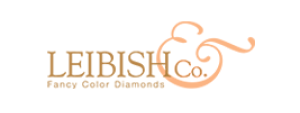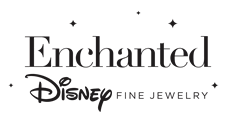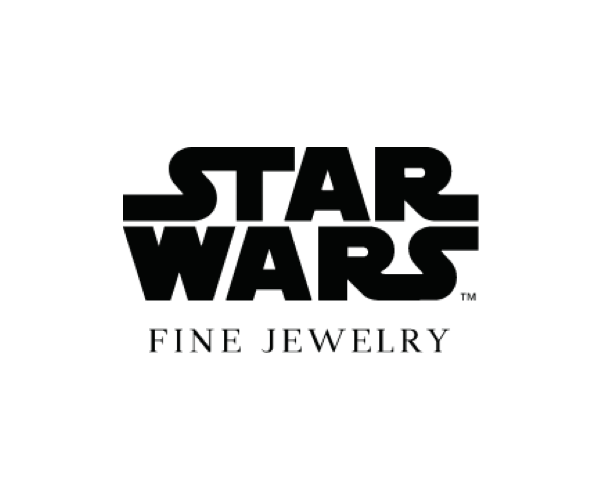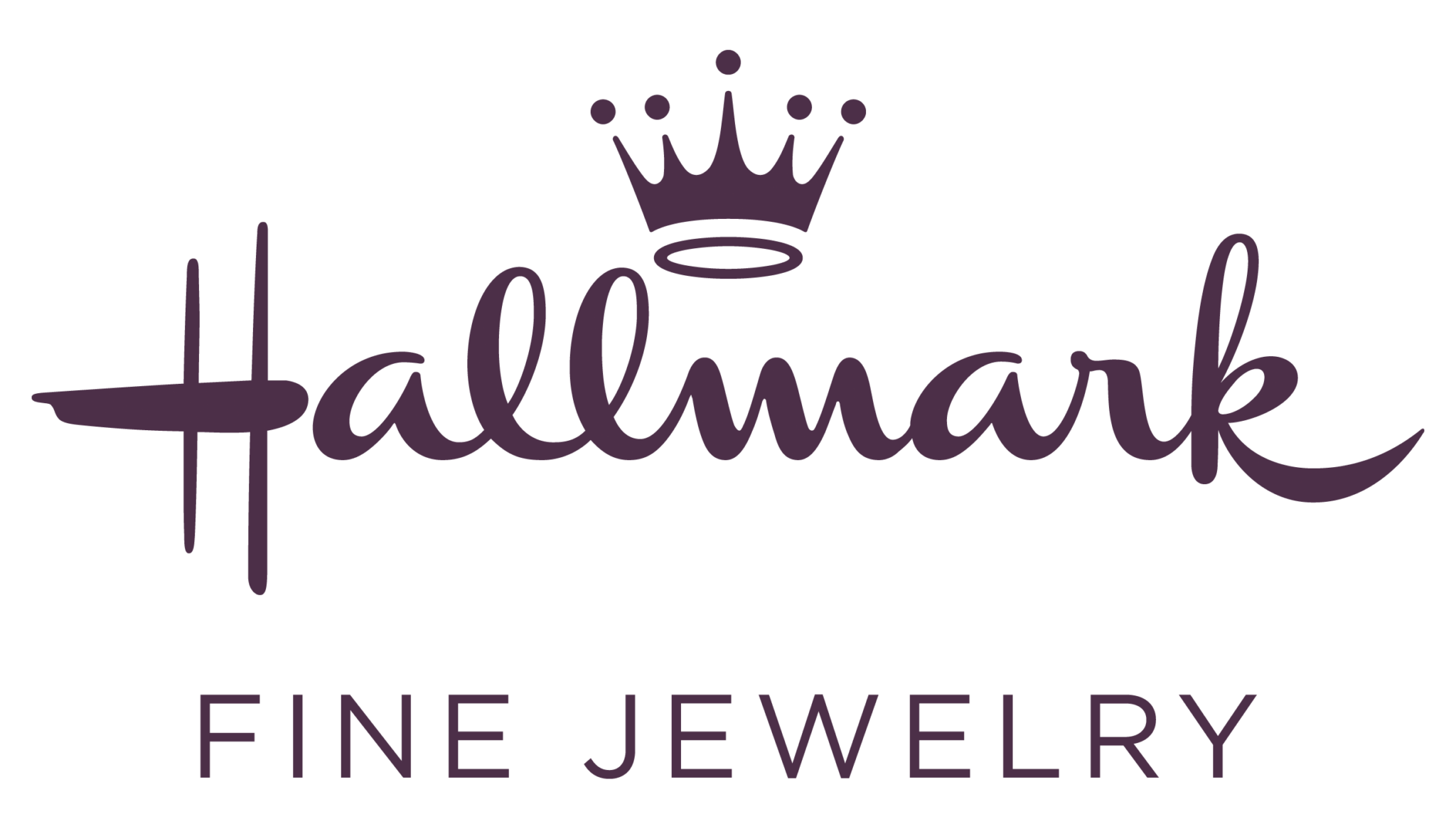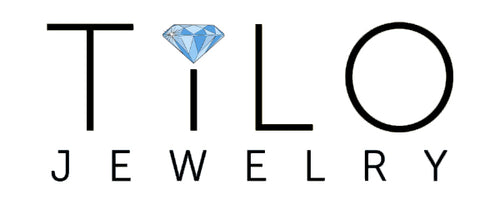The Four Legs of Ecommerce: Budgeting
Every successful online jewelry business needs to have a strategy, and every strategy needs to be backed up by funds. Having an educated guess or calculated estimate on how much money you’ll spend on the eCommerce aspect of your business is just as important as all your other planning.
Your budget will depend on many factors including:
- Your jewelry business stage (sales quantity, brand awareness, etc.)
- Your market entry point (e.g. marketplace vs website)
- Your costs and
- Your products’ price point
If your business is in its beginning stages (aka the farming phase), your needs will be different than if you’ve already started selling thousands of SKUs. Initially, you might be more preoccupied with establishing your brand image and reputation through quicksellers and reviews. You might want to take a cut, selling jewelry products at a discount, in order to get some traction and testimonials. A good best practice is to offer promotions for around 30% of your items.
On the other hand, if you’re in the process of scaling your online jewelry business operations, you might be looking at tapping into new markets or niches, diversifying your product line, and/or investing in new automation technology. This would require a completely separate budget.
Overall, most jewelry sellers, whether new or versed in the industry, need to consider a number of expense categories when planning their budgets. For all of those categories, it is a best practice to know these costs beforehand and list a final price that takes all of them into account, without having to charge your clients separately for each. Let’s analyze these categories in more detail.
1. Manufacturing
What is the cost of producing your jewelry? This will depend on both materials (e.g. metal, gems) and the quantity you’re planning to sell. The advantage of selling online is that you don’t have to start with a large inventory. If you don’t yet have enough data on your sales trends, you can increase your shipping and handling times until you can identify your best sellers and adjust stock accordingly.
2. Logistics
This category includes not only shipping but also insurance and fulfillment. These costs will vary based on your target market’s geolocation, the price point of your products, and whether you’re outsourcing any processes. For example, when selling fashion jewelry you would need to make sure that shipping costs are affordable for your clients and, thus, plan on longer transportation times. Fine jewelry, on the other hand, can afford faster shipping and handling as they would make up only a small fraction of the sold item’s value.
3. Taxes and customs
Every country has its own import and customs clearing taxes. It is imperative that you familiarize yourself with not only those numbers but also the procedures and paperwork necessary. Otherwise, your clients may encounter delays or unforeseen extra charges, which could hurt your reputation and/or bottom line.
When selling jewelry online, you will need a payment gateway that allows your customers to easily purchase your products. These tools provide the flexibility of multiple payment options (e.g. cards, ACH transfers, platform-specific transfers), improving the overall customer experience. Some of the most popular payment gateways include:
One point to keep in mind with this category is exchange rates for accepting multiple currencies. Some platforms may not even allow payments in a number of currencies. So do your research well and keep in mind your target market before investing in any software.

5. Marketplaces
Every marketplace is different in not only the amount of their fees but also the type. Some of these costs you have to pay upfront (e.g. listing fees), while others you would pay post-sale (e.g. selling fees). They can add up to 25% of your final sale; so, do your due diligence when pricing your item to cover these costs as well. On average, they could add up to $200-$300 per marketplace. A few of these fees are optional though (e.g. paying for the ability to edit your jewelry storefront), but they might be worth the investment if branding is important to you.
6. Returns
Dissatisfied customers and returns are simply part of business; they are not something to be discouraged about. In fact, depending on how good of a post-sale marketing strategy you have in place, these customers may represent an opportunity. Resolving their problems by, at least, covering their return costs could turn them into advocates. This could mean free, organic marketing for you or, at least, solid social proof.
Budgeting is definitely an eCommerce must-have that takes careful planning and research. With so many factors to consider, it can feel a bit overwhelming. However, by analyzing the above categories, you can ensure a solid foundation and launching pad for your jewelry eCommerce business.




